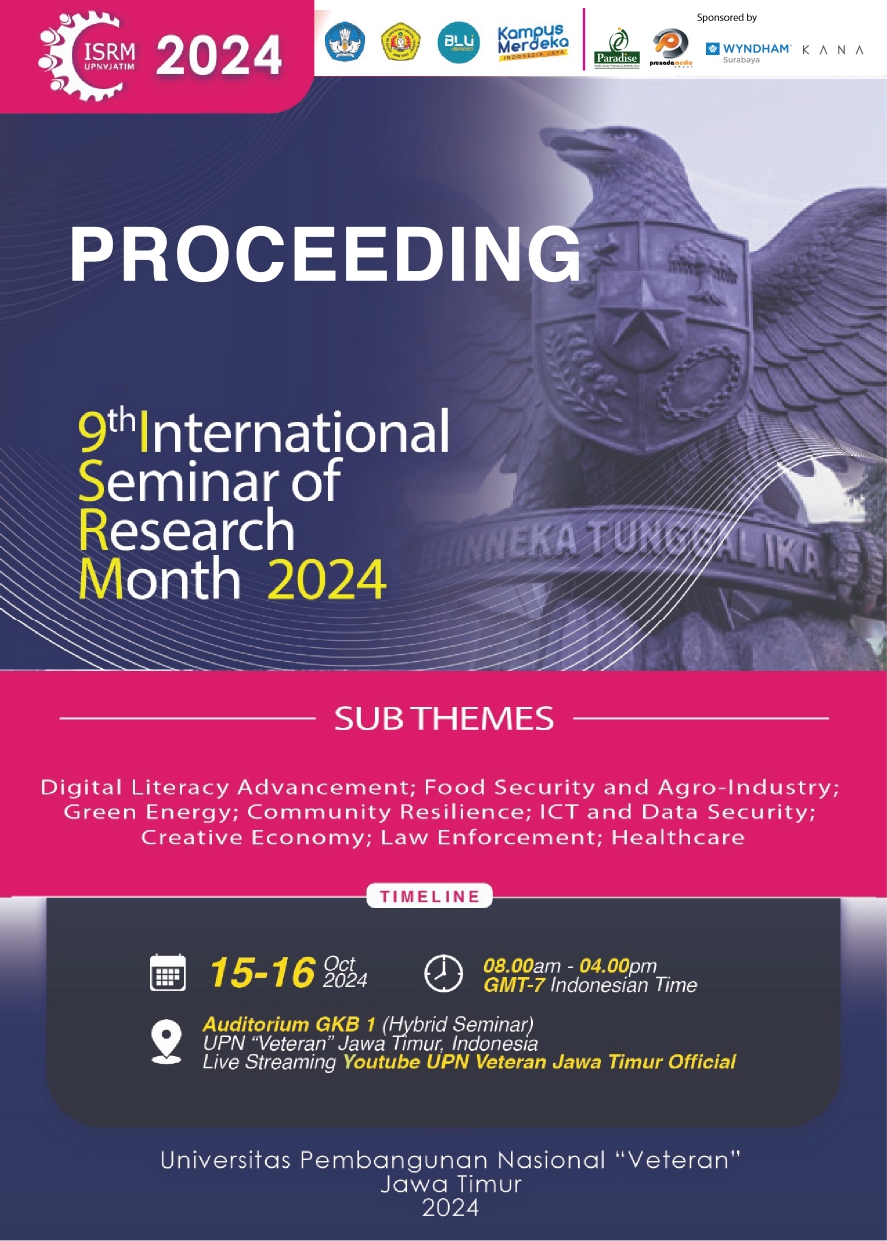Design of a Hexacopter Drone Prototype for Fertilizer and Pesticide Spraying
DOI:
https://doi.org/10.11594/nstp.2025.4796Keywords:
Hexacopter drone, fertilizer sprayer, pesticide sprayer, precision agriculture, agricultural automationAbstract
The growing demand for efficient and sustainable agricultural practices drives the development of innovative technologies. This study aims to design a hexacopter drone prototype capable of effectively spraying fertilizers and pesticides on agricultural fields. The design process involves selecting key components such as motors, flight controllers, spray tanks, and nozzles to ensure optimal liquid distribution, as well as developing software for automated navigation and flight path planning based on the size and shape of the fields. The research methodology employs a design and development approach with field trials to evaluate the drone's performance under various weather conditions and terrains. The test results show that the hexacopter drone can spray fertilizers and pesticides with high precision while maintaining stable flight performance. This prototype is expected to offer an innovative solution for farmers, enhancing agricultural productivity in a more efficient and sustainable manner. Future challenges include testing the effectiveness and efficiency of the drone’s fertilizer and pesticide spraying capabilities.
Downloads
References
Febrian, J., & Huda, Y. (2024). Rancang Bangun Sistem Kontrol Penyemprotan Cairan Pestisida Otomatis Menggunakan Drone UAV Hexacopter. Jurnal Pendidikan Tambusai, 8, 10423–10437.
Hariyanto, K., Poerwanto, E., Santoso, P. N., Dirgantara, P. T., Dirgantara, F. T., Industri, P. T., & Industri, F. T. (2023). Analisis efektifitas drone pada proses pemupukan cair untuk meningkatkan produktivitas tanaman pertanian padi organik. Vortex, 4(2), 1-7.
Hidayat, R., Muhaimin, & Aidi, F. (2019). Rancang Bangun Prototype Drone Penyemprot Pestisida Untuk Pertanian Padi Secara Otomatis. Jurnal Tektro, 3(2), 86–94.
Khoirunisa, H., & Kurniawati, F. (2019). Penggunaan Drone dalam Mengaplikasikan Pestisida di Daerah Sungai Besar Malaysia. Jurnal Pusat Inovasi Masyarakat, 1(November), 87–91.
Ramandhani, S., Fadlullah, Y. A., Ma’ruf, K., Darmono, & Surono. (2023). Desain rancang bangun quadcopter untuk pemantauan melalui jalur udara. Jurnal Multidisiplin West Science, 02(05), 324–332.
Santoso, D. W., & Hariyanto, K. (2017). Pengembangan sistem penyemprotan pada platform pesawat tanpa awak berbasis quadcopter untuk membantu petani mengurangi biaya pertanian dalam mendorong konsep pertanian pintar (Smart Farming). Jurnal Ilmiah Bidang Teknologi, Angkasa, IX, 49–56.
Suhardi. (2020). Pemupukan Tanaman Otomatis Menggunakan Sensor Ultrasonik Dan Cahaya Berbasis Arduino Uno R3. JISTech (Journal of Islamic Science and Technology), 5(1), 49–61.
Wardani, M., Studi, P., Elektro, T., Industri, F. T., Dahlan, U. A., & Umbulharjo, S. H. (2017). Rancang bangun penyemprot pestisida untuk pertanian padi berbasis quadcopter. Jurnal Ilmu Teknik Elektro Komputer Dan Informatika (JITEKI), 3(2), 132–140.
Widiasari, C., & Dulan Este, R. S. A. (2020). Rancang Bangun Drone Quadcopter Tanpa Awak Penyiram Pupuk Tanaman. Jurnal Elektro Dan Mesin Terapan, 6(2), 81–90. https://doi.org/10.35143/elementer.v6i2.4396
Downloads
Published
Conference Proceedings Volume
Section
License

This work is licensed under a Creative Commons Attribution 4.0 International License.
Authors who publish with this proceedings agree to the following terms:
Authors retain copyright and grant the Nusantara Science and Technology Proceedings right of first publication with the work simultaneously licensed under a Creative Commons Attribution License that allows others to share the work with an acknowledgement of the work's authorship and initial publication in this proceeding.
Authors are able to enter into separate, additional contractual arrangements for the non-exclusive distribution of the proceedings published version of the work (e.g., post it to an institutional repository or publish it in a book), with an acknowledgement of its initial publication in this proceeding.
Authors are permitted and encouraged to post their work online (e.g., in institutional repositories or on their website) prior to and during the submission process, as it can lead to productive exchanges, as well as earlier and greater citation of published work (See the Effect of Open Access).














